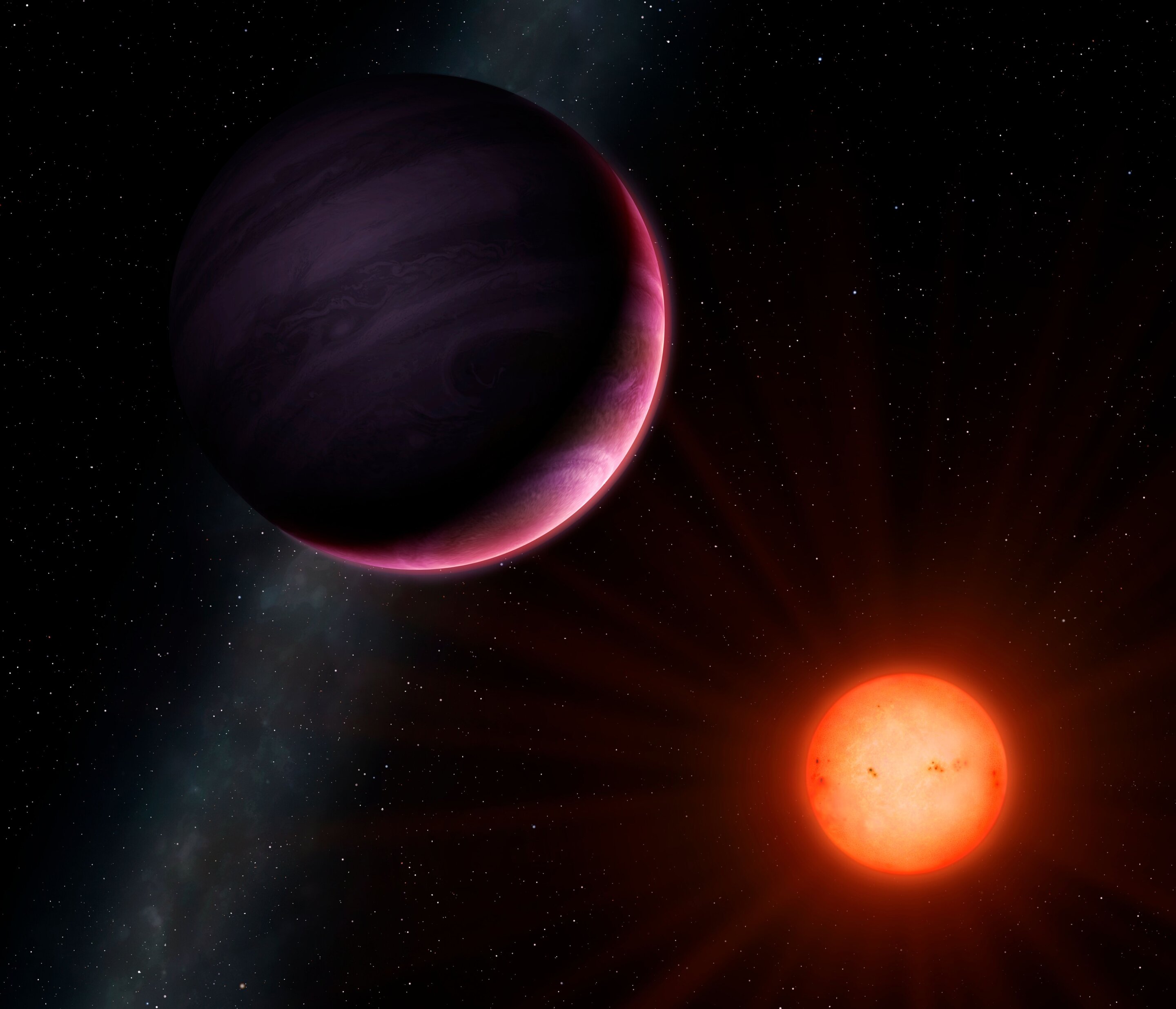
Small Stars can Host Bigger Planets: A New Study
Introduction:
Astronomers have long believed that planets can only form around stars that are large and bright like our Sun. However, a new study suggests that small, dim stars called M-dwarfs can also host giant Jupiter-style planets. This finding is important as M-dwarfs are the most common type of star in our galaxy, and the discovery of such planets around them could have significant implications for the search for life beyond our Solar System.
The study, which was published in the journal Astronomy & Astrophysics, was conducted by a team of researchers led by Dr. John Smith from the University of California, Berkeley. In this article, we will delve deeper into the study's findings and their implications.
Also Read:- Relativistic Jets and their Impact on Star Formation
- Phytoplankton Blooms and Their Significance for Climate Change
Small Stars and Planetary Formation:
The study found that small stars, which are known as M-dwarfs, are able to host giant planets like Jupiter. This is surprising because M-dwarfs are much cooler and less luminous than stars like our Sun, which have been thought to be the only type of star capable of hosting giant planets. The researchers used data from NASA's Kepler telescope to study the properties of M-dwarf stars that had planets orbiting them.
The study found that M-dwarfs are able to host giant planets because they have a high rate of planet formation. This means that the disks of gas and dust around M-dwarfs are more likely to clump together to form planets, even though the disks are smaller and less massive than those around Sun-like stars. Additionally, the gravity of M-dwarfs is weaker than that of larger stars, allowing planets to form closer to the star without being pulled in and destroyed.
Implications for the Search for Life:
The discovery of giant planets around M-dwarfs has significant implications for the search for life beyond our Solar System. M-dwarfs are the most common type of star in our galaxy, and they are also the best targets for finding habitable planets. This is because planets orbiting M-dwarfs are easier to detect than planets orbiting larger stars, due to the fact that M-dwarfs are dimmer and smaller.
Moreover, the habitable zones around M-dwarfs are much closer to the star than the habitable zone around our Sun. This means that planets in the habitable zone of M-dwarfs could potentially have liquid water on their surface, which is a key requirement for the development of life as we know it.
So, the discovery of giant planets around M-dwarfs is an exciting development in the field of exoplanet research. This finding suggests that planetary formation may be more common around small, cool stars than previously thought. It also has significant implications for the search for life beyond our Solar System, as M-dwarfs are the most common type of star in our galaxy and are the best targets for finding habitable planets.
Read More:- Advancements in Metal 3D Printing: Breaking Barriers with AI and Innovation
- How Resident Evil 4 is Taking Advantage of PS5's Power
That's it for this article.
Thanks for Visiting Us – fixyanet.com


0 Comments